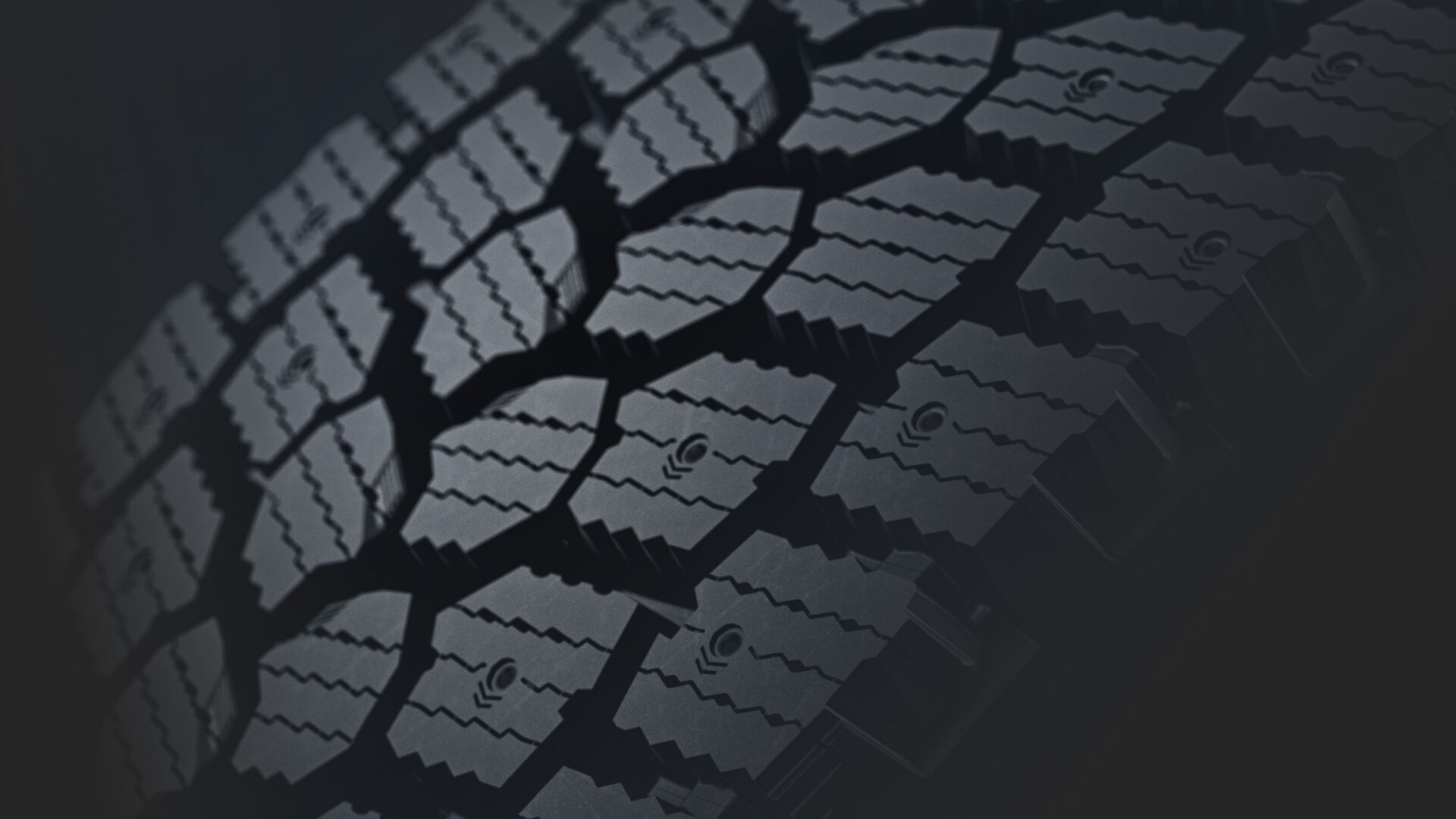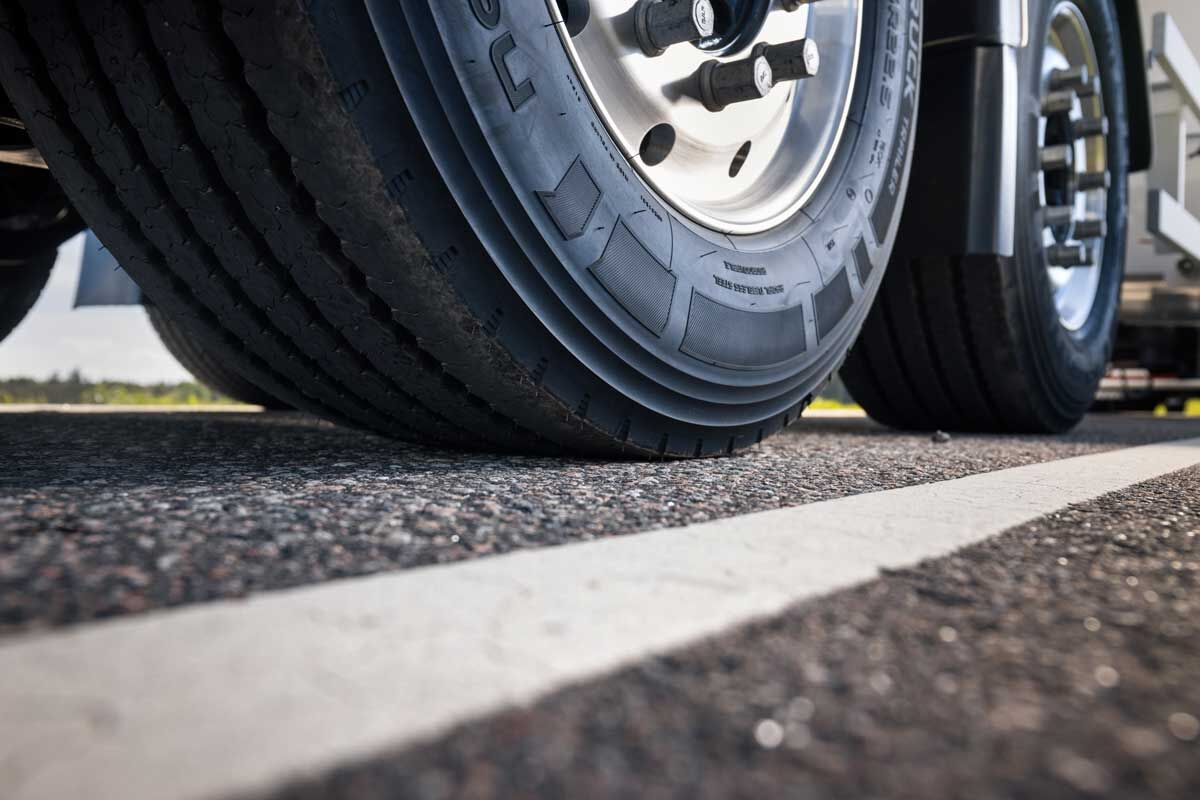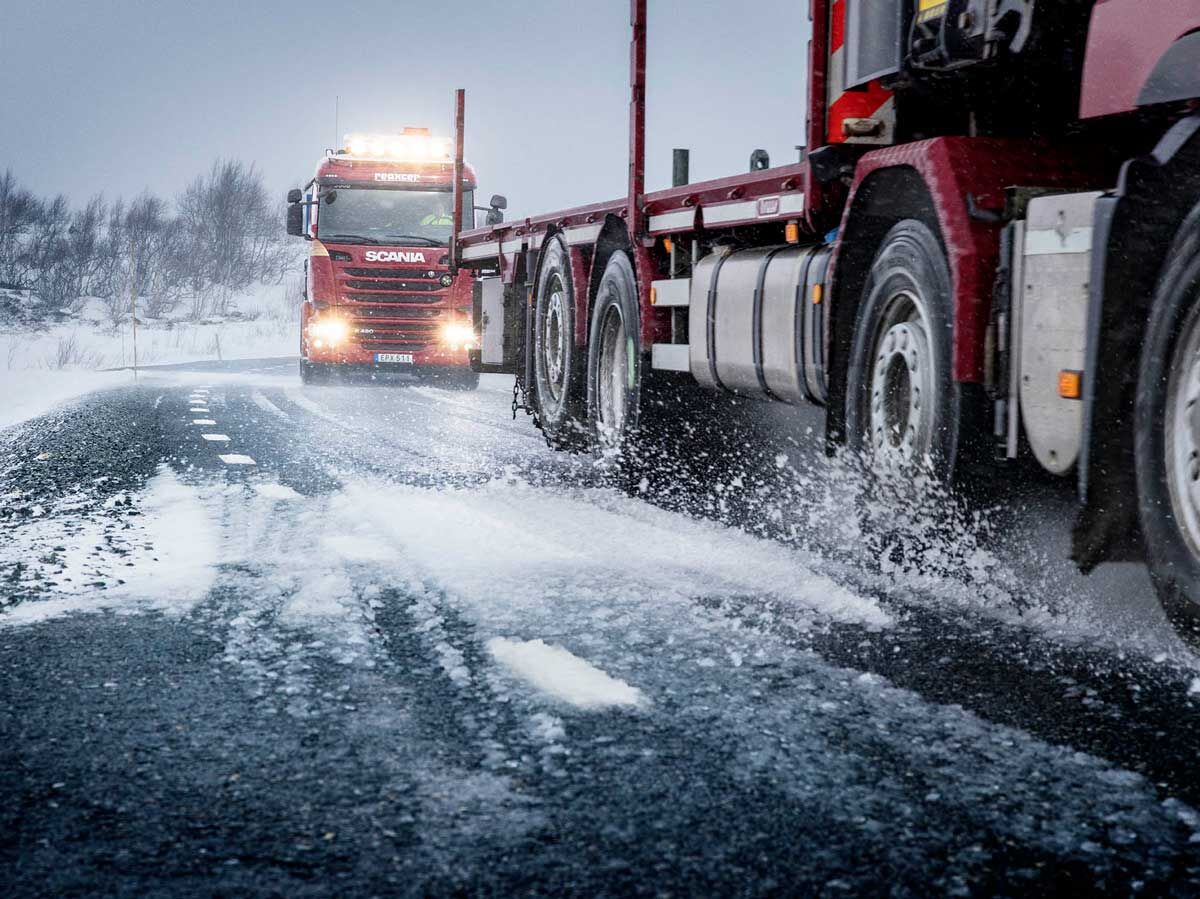
Maintaining commercial tires should be a regular operation for everyone who spends time behind the wheel of a heavy vehicle. In addition to checking tire inflation pressures and making visual inspections, regular tire maintenance should also include checking the tread depth.
Regardless of the type of tires you use, following local regulations and guidelines for tire tread depth ensures safety on the road and saves you from the repercussions of driving with excessively worn tires.
Why is tire tread depth important?
Tire tread is the part that comes into direct contact with the road. Consequently, the depth of this tread determines how well your tire can grip the road and perform in less optimal conditions, such as rain, snow, and off-road environments. Just like passenger cars, commercial vehicles carrying heavy loads and operating in challenging conditions require sufficient tread depth to get you safely to your destination:
- Traction: A deeper tread depth translates to greater traction. As the tire tread wears off and the treads become increasingly shallow, the tires become smoother and gradually lose their grip.
- Water evacuation: Hydroplaning is a threat for passenger cars and heavy commercial vehicles alike. A worn tire is less effective at displacing water which can cause the tire to lose its contact with the road surface.
- Braking performance: Deeper tread depth improves the tires’ breaking performance and reduces braking distance. This is particularly important for heavy vehicles that require longer stopping distances, especially at high speeds.
Instead of disposing of the tire once its tread has worn out, a more cost-effective and environmentally friendly alternative is to retread used tire casings with a new tread. Nokian Tyres retreading materials can be used to retread intact and high-quality tire casings without compromising safety. If a tire cannot be retreaded, it should be removed from service once its tread is worn past its minimal safe depth.

Check tire tread depth requirements
Local requirement for tire tread depth helps you assess whether your tires have enough tread left to drive safely. Make sure to always be up to date with local laws and regulations and evaluate your tires accordingly.
For instance, according to the Department of Transportation (DOT), the minimum tread depth for commercial tires is:
- Steer tires on a front steering axle: A tire is considered out of service if its tread depth is less than 4/32 of an inch (3.2 mm).
- Other truck or trailer tires: A tire is considered out of service if its tread depth is less than 2/32 of an inch (1.6 mm).
In addition to your local regulations, remember to check if there are additional requirements for using studded or studdless winter tires. Exceeding these minimum requirements is advisable to ensure greater safety and traction. You can use a tire tread depth gauge, for instance, to check your tires and that they meet the minimum requirements in your area.

Failing to meet these requirements may result in legal consequences in the form of fines or even the loss of a driver’s license. Additionally, insurance companies may deny coverage or reduce the payout if a vehicle gets into an accident with worn tires. Ultimately, using safe tires with enough tread depth prevents accidents on road and, as a result, reduces costly accidents and downtime for the vehicle.
Find reliable commercial tires for trucks, buses, trailers and other heavy vehicles from Nokian Heavy Tyres.
Please remember that it is the driver’s responsibility to ensure their tires are safe and suitable for their vehicle and to follow the vehicle’s manufacturer´s guidelines for proper use and maintenance. Consult your closest Nokian Tyres dealer or your vehicle’s manufacturer for specific advice.

